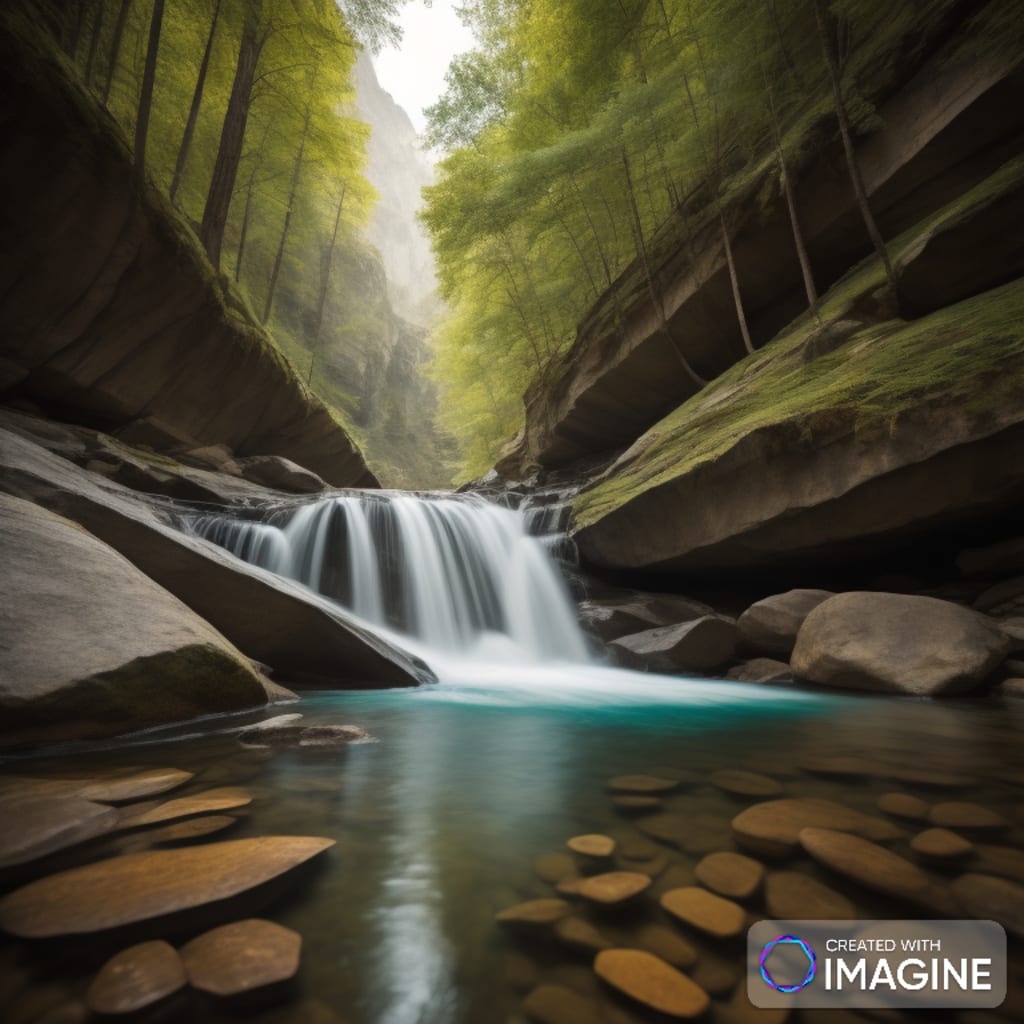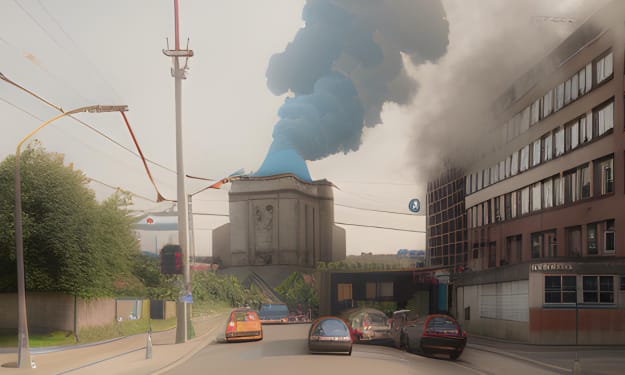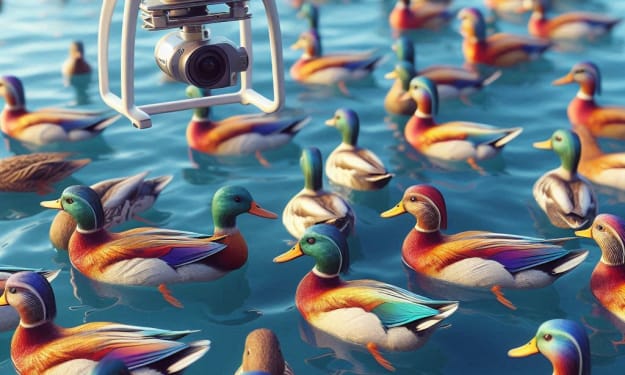
In 2003, Singapore's national water agency initiated an unparalleled initiative. Through the establishment of two groundbreaking facilities, they devised a strategy to furnish over 50% of their country's water supply through the recycling of wastewater – yes, the very wastewater we often dismiss. Though this might appear as a drastic measure, the program had been meticulously developed over decades to safeguard the nation from ever facing a shortage of clean water. As climate change amplifies the frequency and duration of global droughts today, an increasing number of regions find themselves grappling with this issue. However, a pertinent question arises: can we genuinely repurpose what we typically flush down the toilet? To answer this, we must delve into the composition of this turbid blend.
Wastewater is categorized into various types, with the primary three being: gray water sourced from sinks, bathing, and laundry; yellow water, consisting solely of urine; and black water, which comes into contact with feces. On a global scale, we generate enough wastewater daily to fill around 400,000 Olympic-sized swimming pools. In urban locales with sewage systems, wastewater converges within subterranean pipes, which, contrary to perception, aren't primarily filled with fecal matter. On average, the volume of sewage – around 4,000 liters – contains just a single liter of solid fecal material. Nevertheless, sewage remains infused with perilous contaminants, encompassing billions of pathogens and microorganisms, trace chemicals, and excessive inorganic nutrients capable of tainting rivers and lakes.
Consequently, even if we have no intention of consuming this concoction, the necessity to purify it persists. This is why sewer systems predominantly lead to wastewater treatment plants. These plants undertake the removal of significant contaminants, including feces, pathogens, and surplus nitrogen from all processed water. Achieving this requires an amalgamation of biological, chemical, and physical interventions. Essential measures encompass settling tanks for the elimination of larger particles, biological reaction tanks wherein microbes consume unwanted materials, and chemical disinfection processes designed to exterminate pathogens. Following these procedures, the typical treated wastewater in the US is often cleaner than most natural bodies of water, thus rendering it safe for discharge into rivers and lakes. If the intention is to reuse the water for non-potable applications such as irrigation or car washing, further disinfection is administered to thwart bacterial proliferation during storage. However, if the objective is to render the water fit for consumption, a more comprehensive treatment regime is imperative.
One prevalent approach involves microfiltration, deploying membranes with pores measuring just a millionth of a meter across. These membranes filter out minute particles and larger microorganisms. Subsequently, the water undergoes a more refined process through a reverse osmosis membrane, capable of removing particles as minuscule as a tenth of a billionth of a meter. This semi-permeable membrane permits the passage of water while impeding substances like salt, viruses, and undesirable chemicals. Following this stage, UV lamps are immersed in the water, releasing radiation that irreversibly damages the genetic material of any remaining life forms. In some cases, UV disinfection is combined with further chemical disinfection processes, employing substances like hydrogen peroxide to combat a wide array of microorganisms and micropollutants. At this juncture, rigorously conducted tests are administered to the treated wastewater. If it meets the required standards, it can safely join the conventional drinking water pipeline, undergoing the customary treatment processes before merging with the municipal supply. Termed "direct potable reuse," this method is undoubtedly safe. Nonetheless, concerns still persist regarding such a direct approach.
Hence, most regions opt for "indirect potable reuse." In this scheme, treated wastewater is introduced into an environmental buffer, such as a reservoir, lake, wetland, or groundwater aquifer. Following a period within this environment, any residual chemicals from the treatment process gradually dissipate and degrade. The water is subsequently extracted and introduced into the drinking water pipeline. Employed in Singapore, indirect potable reuse has emerged as a crucial lifeline for arid regions within the US. However, this system remains viable only in areas with centralized sewer systems and the infrastructure necessary for channeling water into households. Consequently, it is unable to address the dire sanitation predicaments faced by communities where access to clean water is an ongoing battle. Researchers are exploring scaled-down technologies for on-site sewage-to-potable water conversion. Nevertheless, to offer lasting assistance to these communities, a more comprehensive examination of water wastage is imperative.
About the Creator
GoLow
Delving into Weird Science, Mysteries, and the Unknown. From unexplained phenomena to unsolved mysteries, we'll dive into the fascinating world of the uncharted and unusual.
Enjoyed the story? Support the Creator.
Subscribe for free to receive all their stories in your feed. You could also pledge your support or give them a one-off tip, letting them know you appreciate their work.






Comments
There are no comments for this story
Be the first to respond and start the conversation.